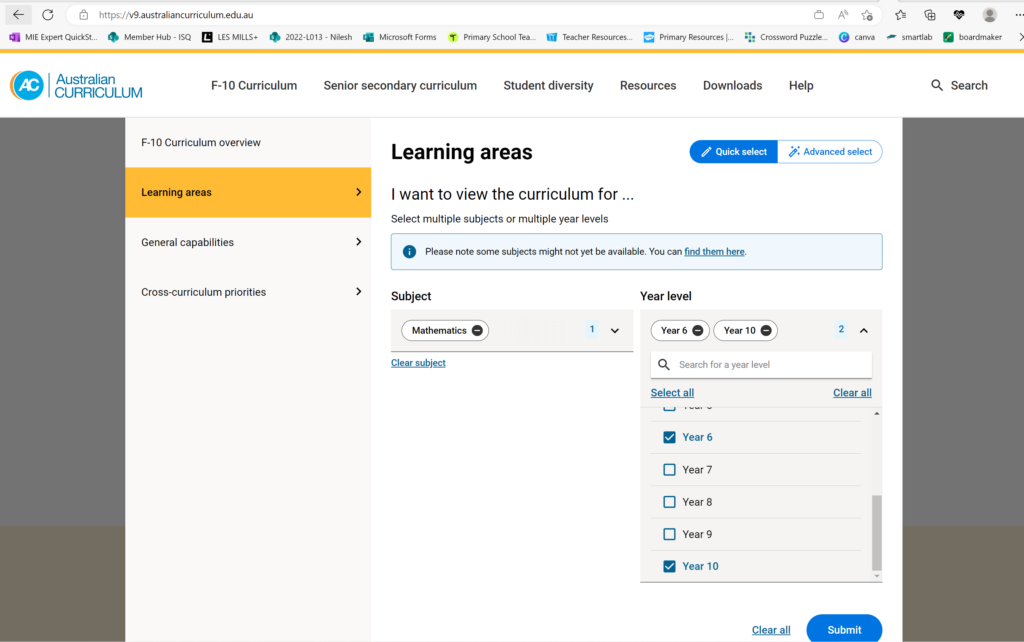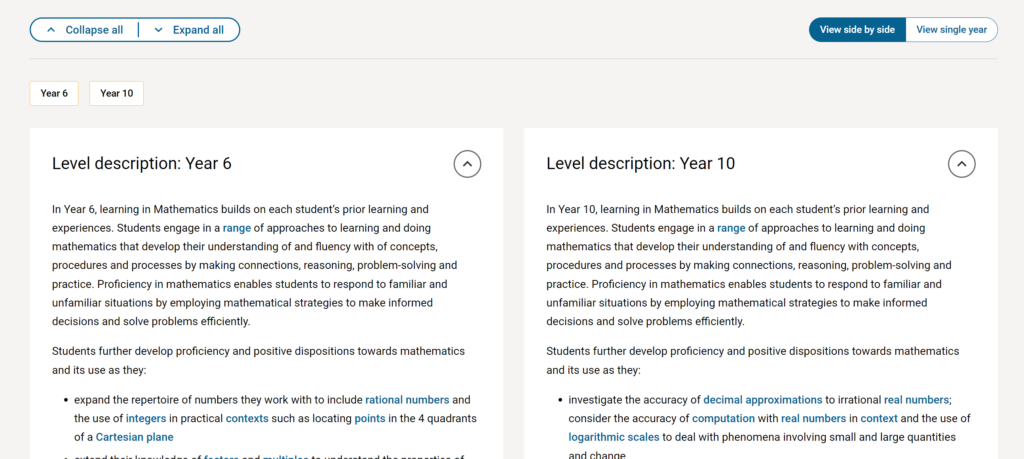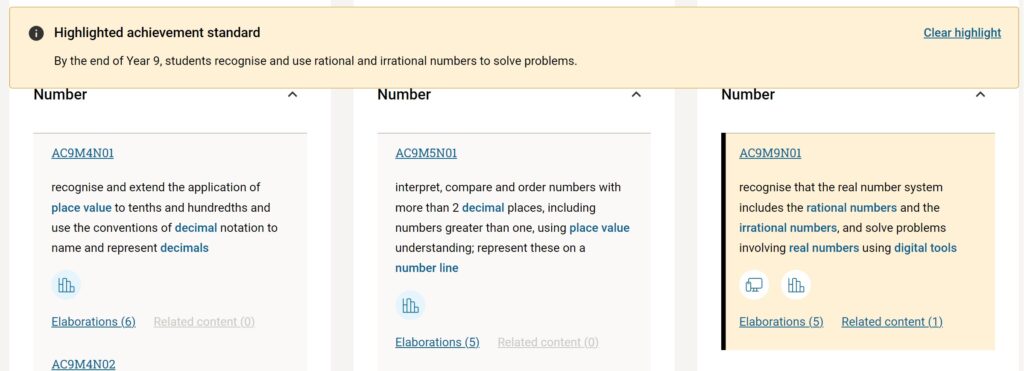Recently I attended a Professional Development day run by ISQ and QCAA here in Queensland. They presented a way to plan for students who are working off year level. While the focus was students working below year level, this also works for students working above year level.
This is up to individual schools; however, it involves a lot of extra work and the advice is - when you have explored all other options to differentiate to cater for the students needs.
Generally, a student working 2 or more years below (or above) their peers may benefit from a modified program in some or all subject areas.
Generally, once you have started on this, you can't go back. So if you take a year 10 student and place them onto a Year 4 curriculum plan for Maths, you can't put them back onto a year 10 curriculum next term - that would not be fair.
This process must begin with good data to establish where the student is working. It must also be done with the parents informed consent. If you remove a child from their year level curriculum you are likely closing doors for the future. This is not always the case but closing the gap back to their peers may not be possible.
This is likely going to take some time to get this right. As we know learning is not always a consistently forward's trajectory. The QCAA have published pages which track the different areas of the curriculum from Prep to Year 10. These documents are a good place to start working out where a student is and then mapping their progress. You will need to spend some time assessing what they can do. For your subject, start at the beginning and work up. Some items will be easy to tick off and others you will need to do some assessment to get a better understanding. Map these onto the curriculum for reference and to support your planning. You can also do the same with the V9 literacy and numeracy capabilities statements.
For each subject, look at the content to be taught to the whole class. What achievement standards are you working on, which descriptors? We want the modified student to be included as far as possible alongside the class. The ideal is to plan their modified curriculum to run alongside the main class. Teachers, especially in high school, cannot teach 2 completely different lessons at the same time! In Primary, teachers have more flexibility as they have the same students all day. We need to make this workable.
Once you have looked at the planning for the whole class we need to look at the learning for the modified student. Start with the achievement standards. Using your data, collected from many sources, which year level is the student working at. Look back in the curriculum until you find the achievement standard that is a best fit for where your student is working. Use this as a starting point. You may find in Step 3 you need to go up or down a level.
With the new Australian Curriculum V9, you can look at the achievement standards for different year levels side by side. So, for your subject set the curriculum to show your class level and then the modified year level beside.

When you press submit you will be shown the 2 year level information side by side.

With the achievement standard - highlight what the main class is doing and then on the lower level you should be able to find the matching lower equivalent learning. In the new curriculum, the paragraphs should align - so second sentence in both should address the same learning at different levels. Here the second sentences are both about problem solving.

You can click on each sentence from the achievement standard and it will take you down to the descriptor that matches. From there the number codes should match up.

Here you can see the numbers.
So AC9M9N01 means:
Finally, you can copy across the matching descriptors for the class and the modified student. For my planning documents, I place these on the main planning document side by side with the main class.
Voila - planning scaffold done.
I then use the differentiation column to record what I did for the modified student for that lesson:
e.g. JP - fractions 1/2 and 1/4 practical task with objects, folded paper shapes into 1/2 and 1/4, divided up shapes on paper.
There are many websites out there that can provide lower (or higher) level activities. Chat GTP or similar can also be used to generate ideas. Copy in the descriptor and ask it to create learning activities for a ? age student to teach the concept. It won't be perfect but can give some good starting ideas.
Warning: Undefined array key "preview" in /home2/hashb/public_html/tracyashbridge.com/wp-content/plugins/oxygen/component-framework/components/classes/comments-list.class.php on line 102